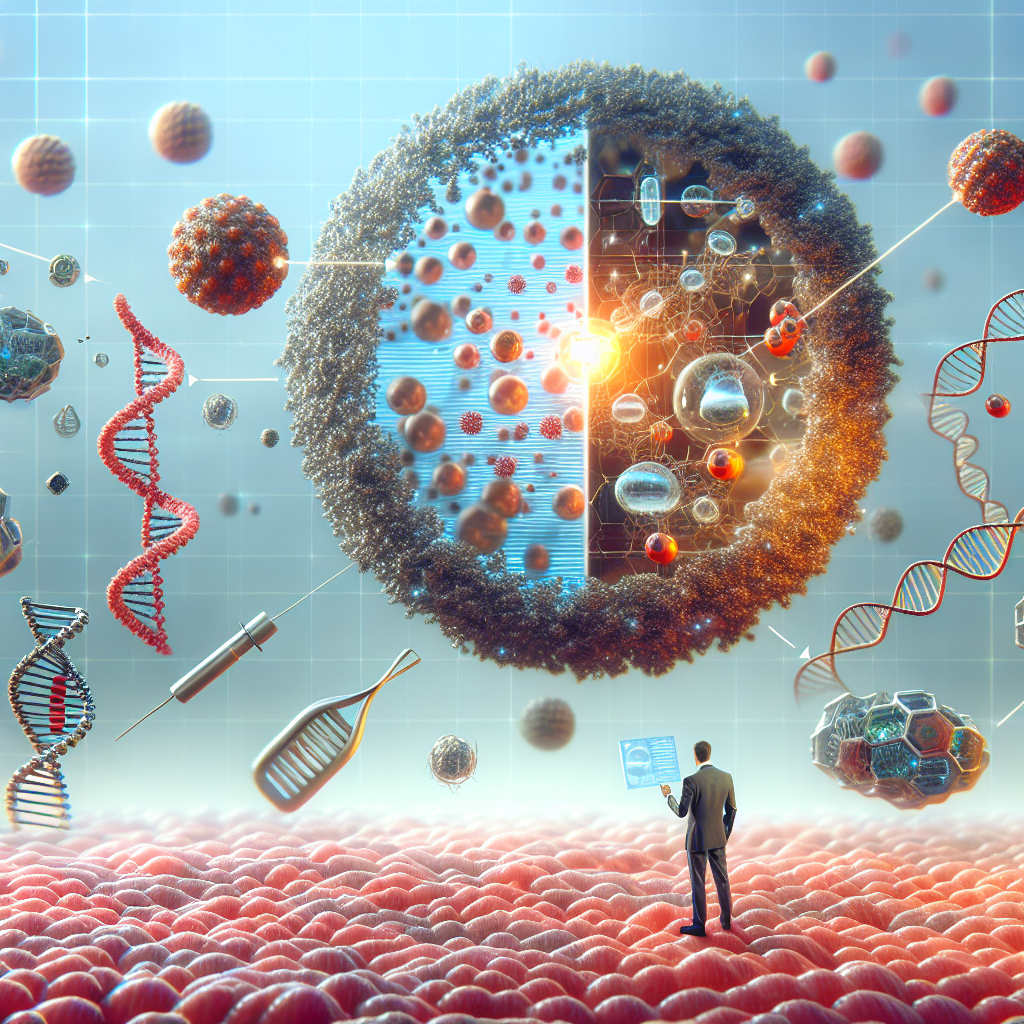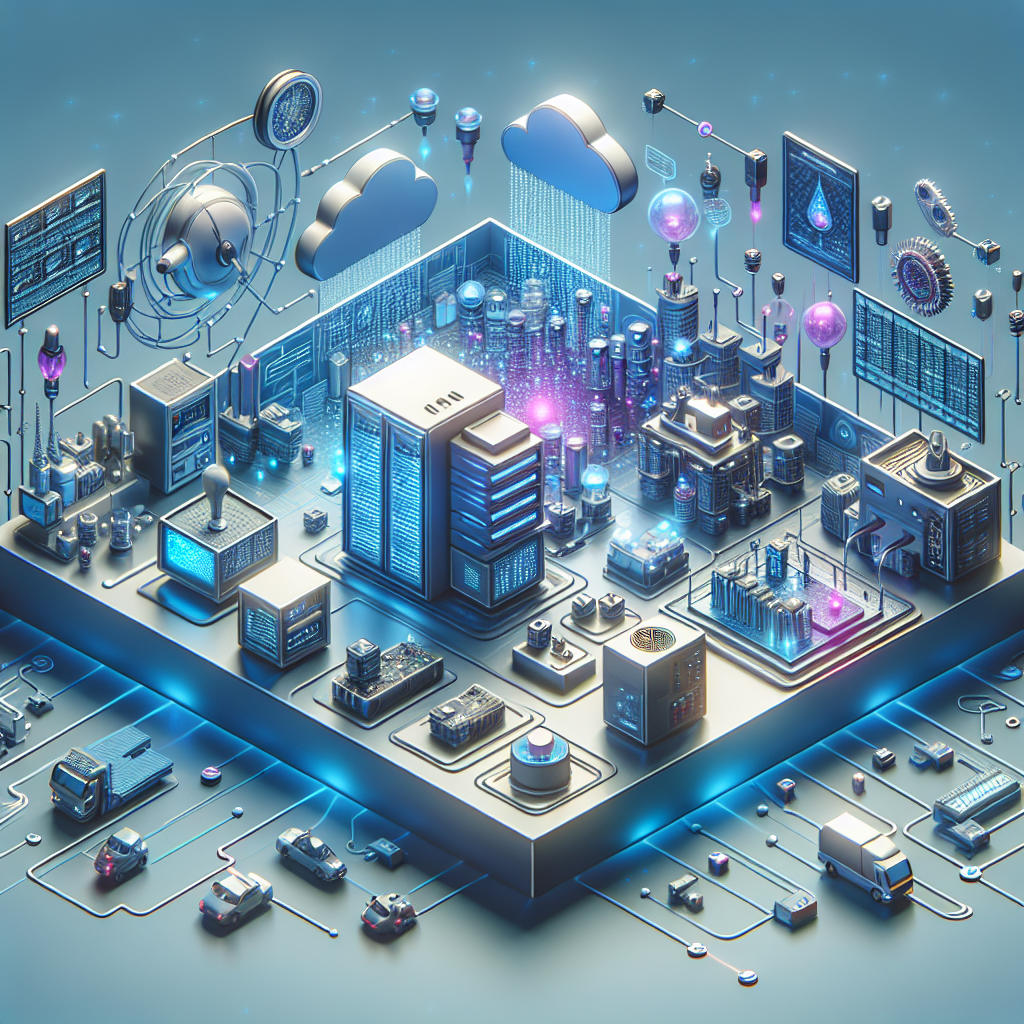As we stand on the precipice of the new age, technology continues to evolve at an unprecedented pace. One such evolutionary stride is evident in edge computing. Currently, we are witnessing this technology as an effective antidote to latency issues, handling vast amounts of data at its source, reducing the need for long-distance communications with data centres. Its current state, however, is just the beginning; the real essence lies in the forthcoming transformations.
Emerging adaptive trends in edge computing are crafting a new frontier in technology. At the forefront of this evolution, optimization takes the lead. Advancements in analytical processing are enhancing the optimization of data, driving efficiency in real-time decision-making processes. This trend is set to escalate in the future, further enhancing systems’ ability to process information locally without the need for bandwidth-consuming, time-consuming data transport.
The second pivotal trend is the revolution aiming to elevate edge computing to new dimensions. As the unseen connection between nanotech and synthetic biology is gradually revealed, we find potential for further enhancing edge computing capabilities. This alliance may allow scalable storage and data computation systems that are more energy-efficient, thereby revolutionizing the edge computing landscape.

The third breakthrough element propelling edge computing evolution is transformation. Artificial Intelligence (AI) and Machine Learning (ML) integration with edge technology is set to transform the way data-centric tasks are performed. This breakthrough trend is projected to increase the computational power at the edge, fostering swift, intelligent decision-making.
However, with growth comes concerns. Security and privacy are paramount, as edge devices can be both the weakest links in the security chain and rich sources of private data. The increasing power of edge computing also implies an increasing risk. Thus, these concerns must be addressed in upcoming adaptations.
What, then, does the future hold for edge computing? Predictions are centred around advanced, autonomous systems capable of decision-making in real-time, without human intervention. Federated Learning, for instance, allows edge devices to learn a shared prediction model while keeping all training data localized, creating a seamless interaction between AI and edge computing.
To navigate this techno-frontier, an adaptation innovation strategy is crucial. Edge-computing systems need to be equipped to handle potential uncertainties, risks, and technical difficulties. Therefore, a distinct focus on research and development, adaptive designs, and system robustness is necessary.
As we prepare for the technological innovations of tomorrow, we must embrace the evolution that edge computing has embarked upon. This entails a focused effort to understand the cross-disciplinary technologies involved and fostering an environment of continuous learning and upgrading of skills, to adapt and thrive in this rapidly evolving landscape.
In the spirit of nonlinear destination, it is clear that the journey to the future will be anything but linear. It will entail the amalgamation of various interwoven paths, serving as the building blocks of our next-generation action plan. So, as we dance along the edges, let us remember that every step forward is a step towards a future that we are actively shaping, in the thrilling rhythm of the adaptive techno-frontier.

